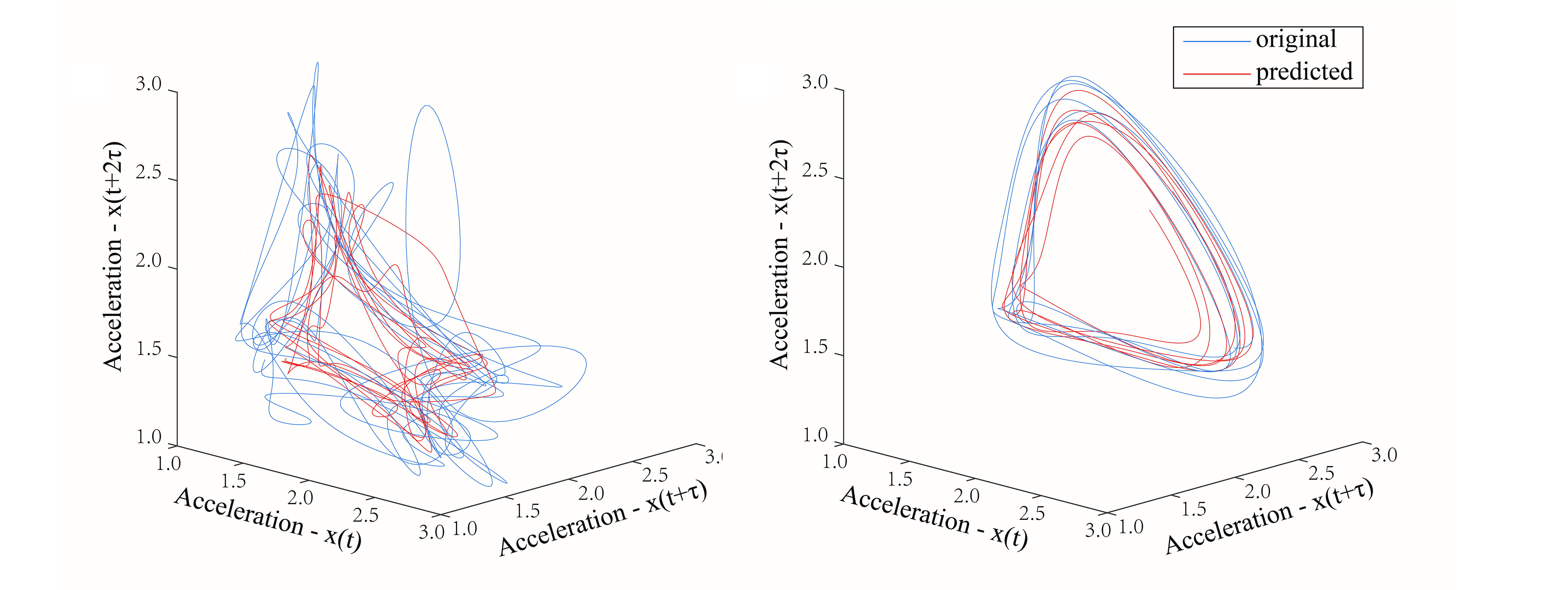Testing for Duchenne muscular dystrophy can require specialized equipment, invasive procedures and high expense, but measuring changes in muscle function and identifying compensatory walking gait could lead to earlier detection. This week in Chaos, researchers present a relative coupling coefficient, which can be used to quantify the factors involved in the human gait and more accurately screen for the disorder. They measured movements of different parts of the body in test subjects, viewing the body as a kinematic chain.
